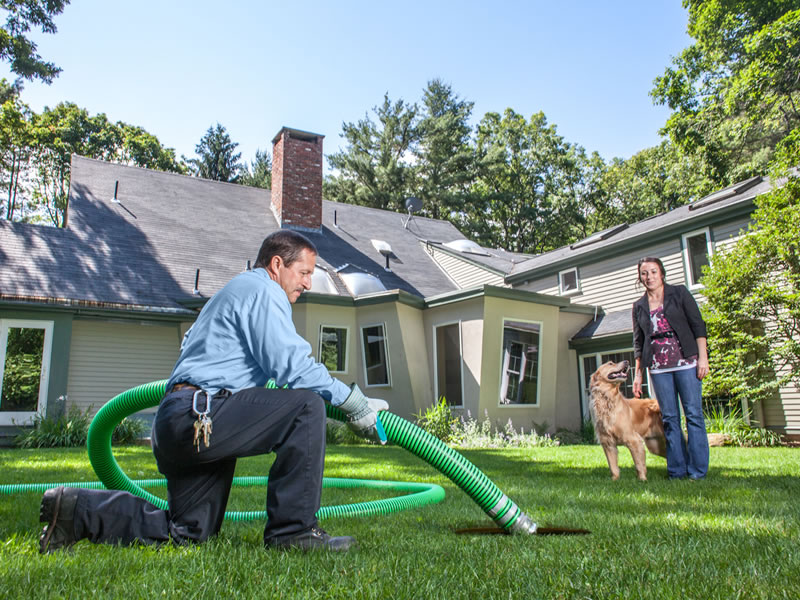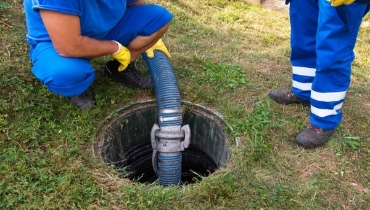Stillwell Septic And Grading - Truths
Stillwell Septic And Grading - Truths
Blog Article
Stillwell Septic And Grading Fundamentals Explained
Table of ContentsThe smart Trick of Stillwell Septic And Grading That Nobody is DiscussingStillwell Septic And Grading for BeginnersNot known Facts About Stillwell Septic And GradingThe Buzz on Stillwell Septic And GradingMore About Stillwell Septic And GradingStillwell Septic And Grading - An Overview
Repair leaky faucets and pipes components. https://codepen.io/stillwellsag/pen/xxeOVXY. A leaky commode can squander thousands of gallons of water a day. Take shorter showers. Pursue less than 5 and do the shower jive. Take baths with a partially-filled tub and do not leave the tap running when doing various other jobs. Clean just complete loads of meals and laundry.
Fascination About Stillwell Septic And Grading
Stay clear of shedding stacks of leaves or branches over the drainfield, as the warmth could damage the plastic pipelines below. Limit the addition of topsoil or compost to no greater than 2 to 3 inches over the drainfield. Setpic System Repairs. A good regulation of thumb for landscape design over drainfields is to use shallow-rooted plants that do not require extra topsoil to thrive
Lawns, combined wildflowers, and ground covers with superficial origins are excellent choices. Plant trees and bushes at least 30 feet away from your septic tank and drainfield to keep origins from obtaining into and damaging or clogging the drainfield pipes.
A septic system failure creates untreated sewer to be launched and transferred to where it needs to not be. This may create sewage to come to the surface of the ground around the container or the drainfield or to back up in pipelines in the structure.
7 Easy Facts About Stillwell Septic And Grading Shown
In many cases, the individual that falls in gets out without significant injury. A kid's heartbreaking death is a pointer to inspect your septic system for damaged or missing out on lids. https://www.storeboard.com/stillwellsepticandgrading. Owners of septic tanks are accountable for making certain the systems are safe and feature properly, consisting of having a safe lid on the containers
Routinely evaluate the condition of the covers for dangers or issues. Keep the covers safe by repairing or replacing all damaged or missing out on components. Usage screws, screws, or other locks to safeguard the covers and protect against easy gain access to. Never ever drive or park cars in addition to septic tanks- it can damage or remove the cover.
Some Known Questions About Stillwell Septic And Grading.
Make sure the covers are protected after functioning on your septic system. Teach youngsters that the septic tank lids are not to be played on or opened up.
Keeping in mind the degrees will help determine if there is a prospective problem with the system. After that, the tank will be totally pumped down, eliminating all of the fluid and solid waste. Once the container is totally pumped, the inlet and electrical outlet tees of the will be inspected to ensure they are still undamaged and functioning properly
The smart Trick of Stillwell Septic And Grading That Nobody is Talking About
If you are home at the time of service (completely not needed if that's not your thing) you may be asked to purge your commodes to make sure every little thing is moving correctly. As soon as the service is total, the sewage-disposal tank will certainly be covered as it was when we arrived! Professionals recommend having your system pumped every 3 to 5 years however numerous variables need to be considered when making a decision just how typically your septic system needs to be serviced.
If your septic has not been serviced in more than 6 months, we would desire to service the septic. If the issue lingers, a drainpipe cleaner will certainly then be sent out to clear the line to the septic storage tank.
Unknown Facts About Stillwell Septic And Grading

If the ponding is concentrated over the leach field that can suggest a leach line is blocked with Bio-Mat and needs to her explanation be repaired or replaced. Many septic containers have 2 to 3 covers; one over the inlet side of the septic system (where the water from your home goes into the storage tank), one in the center of the tank, and one on the outlet side of the container (where the fluid from the tank leaves to your leach field).
Cut up food bits do not damage down in the septic system and can make their means out into your leach area lines causing obstructions. Trash disposals, also those significant septic safe, are ruled out advantageous for your septic tank. Appropriate working degree is where the water degree in your storage tank meets the electrical outlet tee of the container.
Report this page